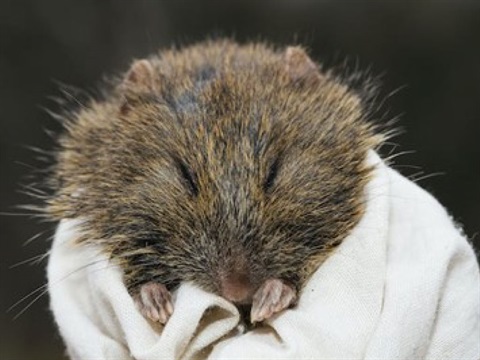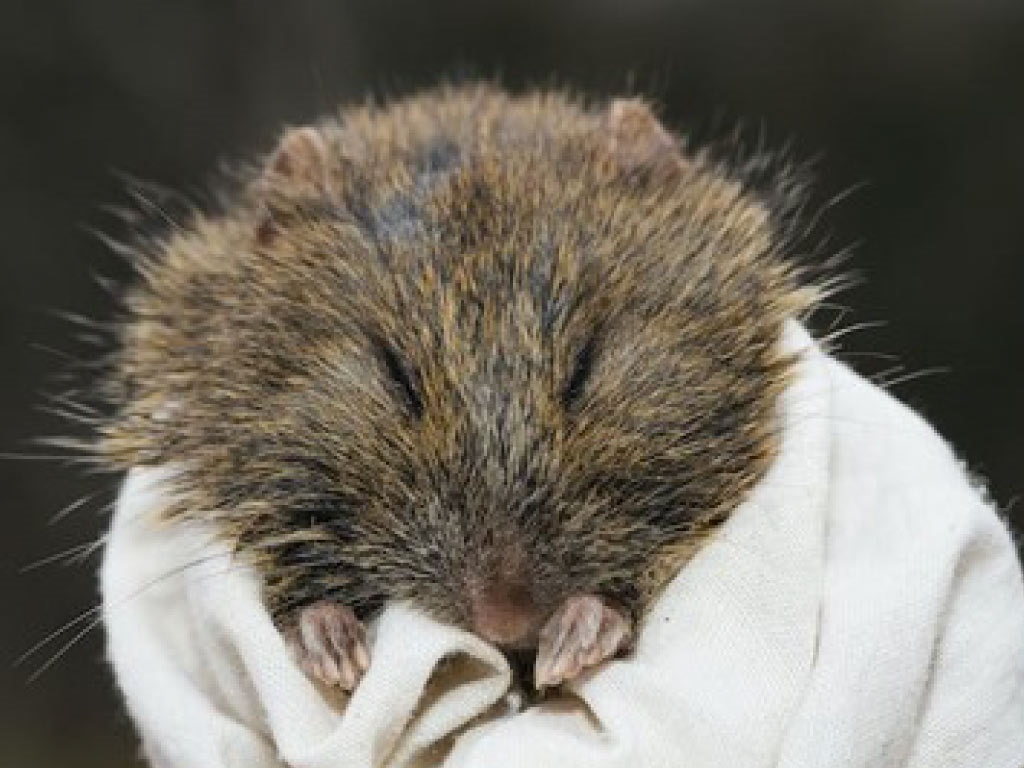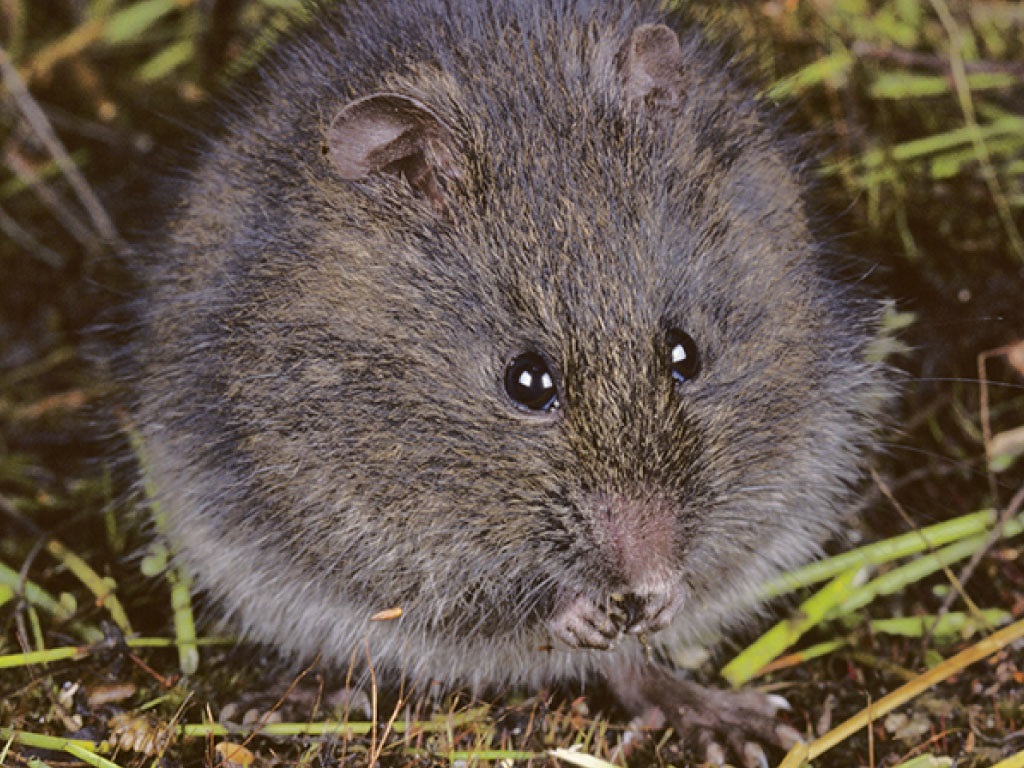Broad-Toothed Rat (Mastacomys fuscus)

In 2021 our Conservation Team received a grant from the Corangamite CMA’s Bellarine and Great Ocean Road Dunecare Coastal Grant Managers Initiative.
The funding has allowed the Authority to complete substantial on-ground works in the Painkalac dune system, which has become infested with Coast Tea Tree (Leptospermum laevigatum).
The proposal was to remove Coast Tea Tree to rehabilitate the dune system, which had also become heavily infested with Myrtle Milkwort (Polygala myrtifolia).
In the past three years, the team had completed annual sweeps of the dunes to remove the milkwort, which had never been completed before and greatly enhanced the area. Removing the tea tree was the next significant challenge for the team.
As part of the grant application to the Corangamite CMA, fauna monitoring was conducted by Barbara Wilson Pty Ld. and expert ecologist Mark Garkaklis to ensure the removal of a large amount of vegetation would not adversely impact native species.
Previously Dr Wilson and Dr Garkaklis had done fauna monitoring in areas surrounding the dune ecosystem and the Painkalac Estuary and found surprising results.
The research and data discovered populations of the broad-toothed rat, which is listed as a vulnerable species in both Victoria and Australia.
Broad-toothed rats require complex vegetation habitats, where there are places for them to hide from predators such as foxes and cats. Therefore, areas with native grasses and a range of vegetation types are ideal as they can hide more easily.
Motion cameras were installed to determine if there were populations within the areas the team wanted to remove tea tree from, but none were found. However, there were numerous fox dens sighted in the dune system. Subsequently, the team is now working with the Corangamite CMA to assist in fox control.
Both Dr Wilson and Dr Garkaklis concluded that the removal of Coast Tea Tree should proceed to restore the habitat and create greater vegetation complexity and biodiversity necessary for the broad-toothed rat to repopulate the area.
The team is excited to continue on-ground works and work closely with the Corangamite CMA, Dr Wilson, and Dr Garkaklis to protect the Painkalac dune system and support the return of the broad-toothed rat to the area.

